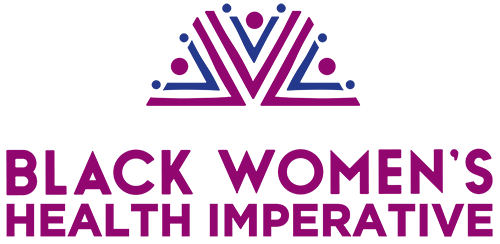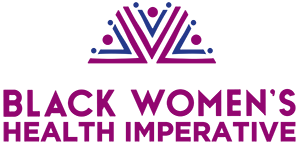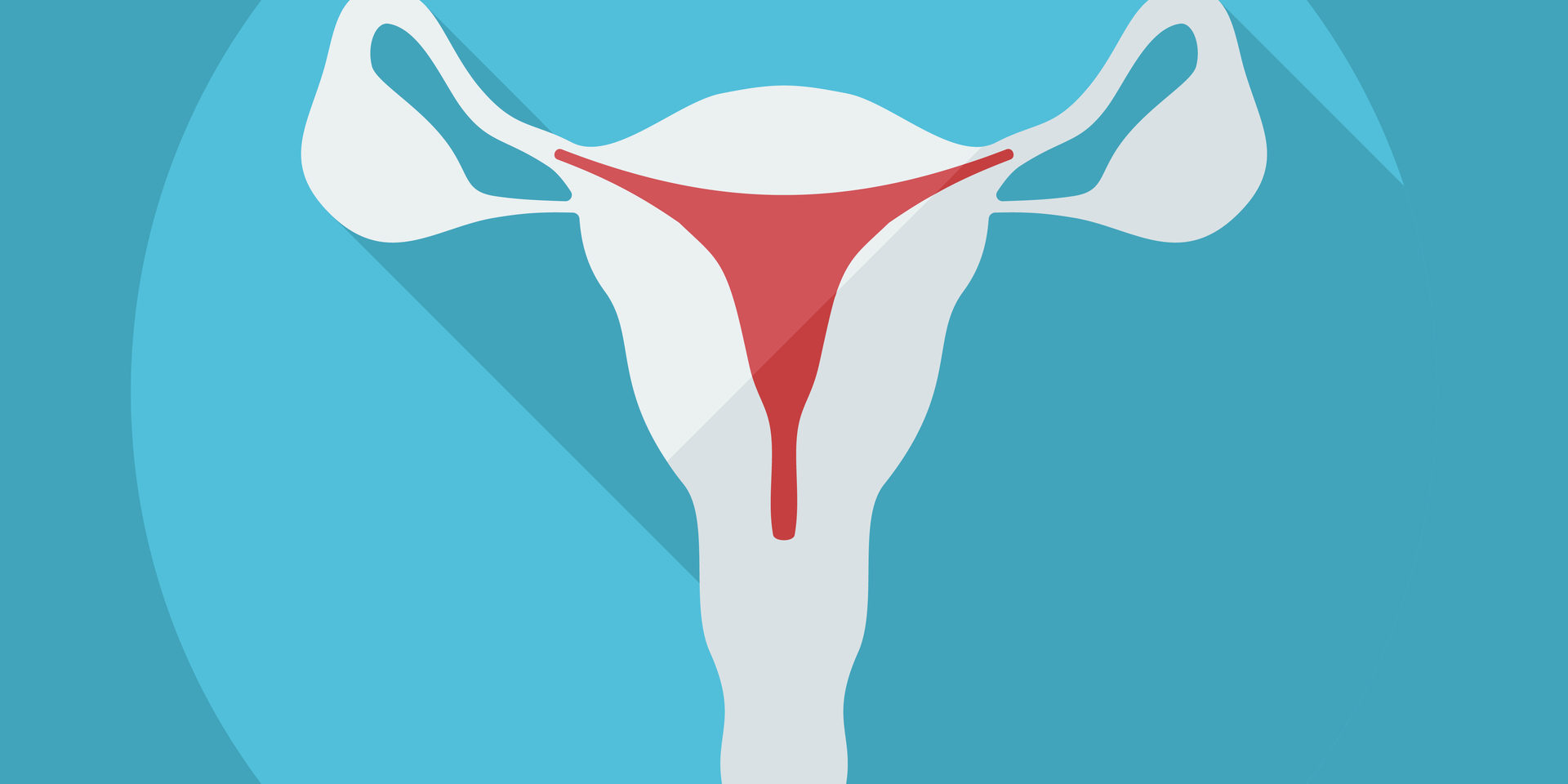Make Uterine Fibroids a Public Health Imperative
An estimated 3 in 4 women will experience uterine fibroids during their lifetime. The impact is staggering and even more significant when looking at communities of color. Black women experience fibroids with greater frequency, more severely, and at younger ages than white women.2 It is time that fibroids are addressed as a true public health priority with commensurate funding and research. The Stephanie Tubbs Jones Uterine Fibroid Research and Education Act of 2021 (S. 2444 / H.R.2007) aims to do just that as it proposes increased funding for uterine fibroid research at a total of $150 million over five years through the NIH, improve awareness and training, and measure health system costs. This bill also emphasizes the importance for providers and patients alike to recognize the disproportionate impact uterine fibroids have on women of color.
Benign uterine growths like fibroids are the most common reason for hysterectomy in the United States,3 which often results in weeks of recovery and can negatively impact one’s quality of life.4 For far too long women have suffered due to a lack of dedicated research and awareness of treatment options offered to them for the management of their fibroids. The bill, which is sponsored by Senators Cory Booker (D-NJ) and Shelley Moore Capito (R-WV) in the Senate and by Representative Yvette Clarke (D-NY) in the House, aims to address the unmet need for additional education and research of minimally invasive, fertility-friendly treatment options for the management of uterine fibroids. Dedicated research attention will allow for more evidence-based care for individuals suffering from uterine fibroids. Increasing awareness, along with widespread availability of less invasive treatment options and practices that lead to earlier diagnosis, can alter the trajectory of treatment for this condition that impacts 80% of Black women by the time they turn 50. 5
The fibroid community, inclusive of key professional societies and patient advocacy groups, are strong supporters of this critical legislation. It is imperative women’s health advocates use their voices to build support for the bill and ensure uterine fibroids research is a healthcare priority.
Learn more about the Stephanie Tubbs Jones Uterine Fibroid Research and Education Act of 2021: https://bit.ly/3d7GY6h
To contact a U.S. Senator visit: https://www.senate.gov/senators/senators-contact.htm
To contact a U.S. House member visit: https://www.house.gov/representatives/find-your-representative
Works cited:
Al-Hendy A, Myers ER, Stewart E. Uterine Fibroids: Burden and Unmet Medical Need. Semin Reprod Med. 2017;35(6):473-480. doi:10.1055/s-0037-1607264
2 Hartmann KE, Fonnesbeck C, Surawicz T, et al. (2017) Management of Uterine Fibroids [Internet]. Comparative Effectiveness Review, 195. https://www.ncbi.nlm.nih.gov/books/NBK537747/
3 Sengoba, K. S., Ghant, M. S., Okeigwe, I., Mendoza, G., & Marsh, E. E. (2017). Racial/Ethnic Differences in Women’s Experiences with Symptomatic Uterine Fibroids: a Qualitative Assessment. Journal of racial and ethnic health disparities, 4(2), 178–183. https://doi.org/10.1007/s40615-016-0216-1
4 Afiyah, R. K., Wahyuni, C. U., Prasetyo, B., & Dwi Winarno, D. (2020). Recovery time period and quality of life after hysterectomy. Journal of public health research, 9(2), 1837. https://doi.org/10.4081/jphr.2020.1837
5 Marsh, E. E., Al-Hendy, A., Kappus, D., Galitsky, A., Stewart, E. A., & Kerolous, M. (2018). Burden, Prevalence, and Treatment of Uterine Fibroids: A Survey of U.S. Women. Journal of women’s health (2002), 27(11), 1359–1367. https://doi.org/10.1089/jwh.2018.7076


